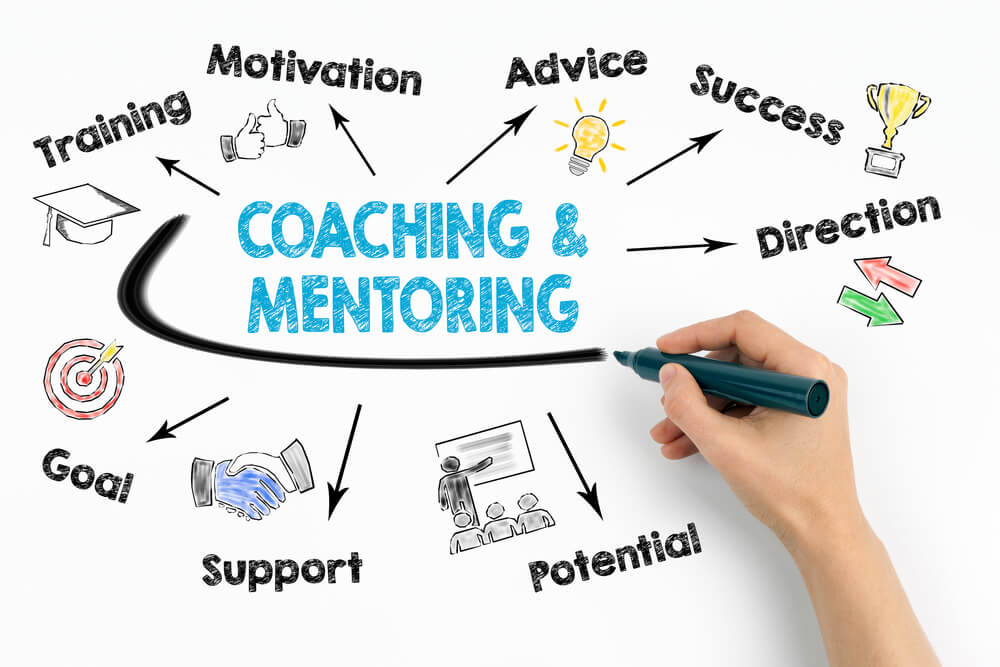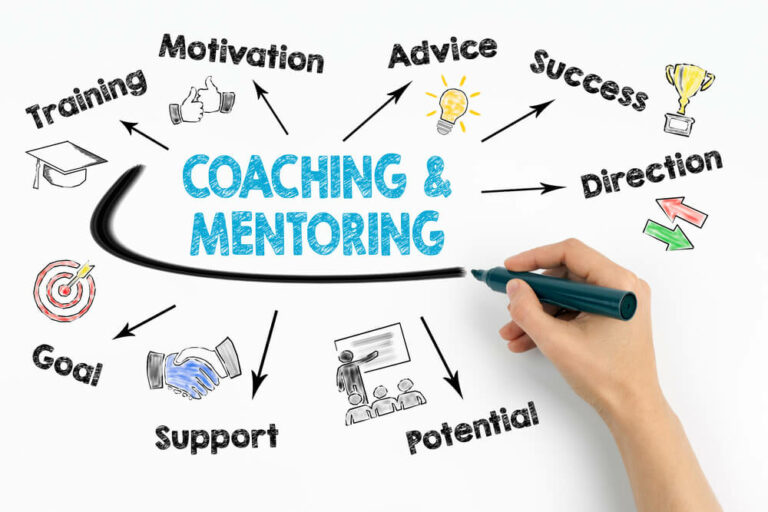In the constantly developing area of education, educators must keep abreast of the most recent research on the most effective teaching strategies for pupils. When teachers have a firm grasp of the science of learning, they are better equipped to implement evidence-based instructional practices that accelerate their students’ academic development and create an atmosphere conducive to successful learning. This article will discuss ten effective approaches to integrating the science of learning into your teaching practices, eventually leading to increased student engagement, retention, and accomplishment.
Emphasize Active Learning:
Traditional techniques of passive learning rarely successfully engage pupils to their full potential. Active learning, in which students are actively encouraged to engage in the learning process, should instead be the focus of educational institutions. This may be accomplished through hands-on experiments, group discussions, activities that include problem-solving, and learning based on projects. Students are more likely to retain the information they learn and better comprehend the material when actively engaged in the learning process.
Utilize Spaced Repetition:
The concept that knowledge is more effectively recalled when revisited at intervals over time is known as the spacing effect. Spaced repetition is a tried and true method that capitalizes on this effect. To reinforce the information that has already been acquired, spaced repetition in the classroom entails introducing regular review sessions or quizzes to test students on their knowledge. Using this strategy, students can more successfully store knowledge in their long-term memories.
Provide Immediate Feedback:
Students’ educational progress is greatly aided by timely and constructive feedback. According to research, providing students with rapid feedback helps them improve their learning, fix any errors they may have made, and develop their confidence. The feedback teachers give can be delivered in various formats, including conversational conversations, written remarks, or tools based on technological innovation. It is important to ensure students get timely feedback to direct their learning path and modify any required modifications.
Encourage Metacognition:
The ability to reflect on one’s thoughts and how they are learning is referred to as metacognition. Teachers provide their students the ability to become active participants in their education by supporting metacognitive practices such as self-evaluation, goal formulation, and monitoring progress towards those goals. Students can better grasp their strengths, shortcomings, and learning techniques with the assistance of metacognitive tactics, improving their abilities to self-regulate and study independently.
Integrate Multisensory Approaches:
Experiences that stimulate one’s senses of sight, hearing, and touch are essential components of the educational process for most people. Educators should accommodate various students’ innate learning styles, improve their ability to retain information and fortify the connections between their brain cells using multimodal teaching methods. Teachers may engage students through various sensory modalities by including visual aids, hands-on exercises, multimedia presentations, and dialogues in their lessons. This makes the educational experience more interesting and memorable for the students.
Promote Collaboration and Peer Learning:
Collaborative learning settings encourage students to take an active role in their education and provide assistance in the growth of important cognitive and social competencies. According to research, students improve their knowledge and skills when they work together to solve problems, discuss new ideas, and instruct one another in applying previously acquired knowledge. Students can be encouraged to explain concepts, exchange viewpoints, and learn from one another by having their teachers set up chances for group work, pairs, and conversations in the classroom. This method fosters a more profound comprehension while bolstering learning via social exchange participation.
Scaffold Learning:
A method of instruction known as scaffolding consists of providing pupils with temporary assistance and structure while they acquire new knowledge or abilities. Teachers encourage pupils to build their autonomous problem-solving skills by gradually decreasing the amount of guidance they get. Giving students with visual aids, modeling procedures, giving guided practice, and progressively handing over responsibilities to pupils are all examples of scaffolding. This strategy ensures that students may build on the information they already possess and progressively acquire an understanding of complex ideas.
Foster Emotional Connections:
Learning and memory are both significantly impacted by a person’s emotional state. Improved student motivation, engagement, and overall learning outcomes may be achieved by cultivating an upbeat and emotionally supportive classroom atmosphere. Empathy, active listening, appreciation, and the creation of a safe environment for students to share their thoughts and opinions are some ways teachers may develop emotional relationships with their pupils. Students’ emotional well-being may be further strengthened, and a development mindset can be encouraged by recognizing students’ efforts and applauding their successes.
Incorporate Retrieval Practice:
It has been demonstrated that retrieval practice, which consists of practicing recalling material from memory, is effective in improving both long-term retention and retrieval of information. Instructors can include retrieval practice in their classes by including exercises such as idea mapping, open-ended questions, and regular quizzes. This motivates students to actively recall and apply the material they have already acquired, strengthening connections and improving their comprehension.
Promote Deep Processing and Critical Thinking:
Asking students questions that will make them think and posing challenges that will force them to think critically are great ways to encourage students to participate in deep information processing. Students acquire higher-order thinking abilities when they engage in activities such as investigating difficult issues, assessing evidence, and analyzing other points of view. Incorporating open-ended assignments, discussions, case studies, and problem-solving exercises into a curriculum can enhance deep processing and make the learning experience more engaging for students. This strategy piques one’s intellectual interest, encourages the development of creative thinking, and promotes a more profound comprehension of the topic at hand.
Conclusion:
By harnessing the science of learning, educators can revolutionize their classroom practices and create a dynamic learning environment that maximizes student engagement, retention, and achievement. Incorporating active learning, spaced repetition, immediate feedback, metacognition, multisensory approaches, collaboration, scaffolding, emotional connections, retrieval practice, and deep processing strategies empowers students to become independent learners. By prioritizing evidence-based approaches, teachers can unlock the full potential of their students and set them on a path to lifelong learning and success.




